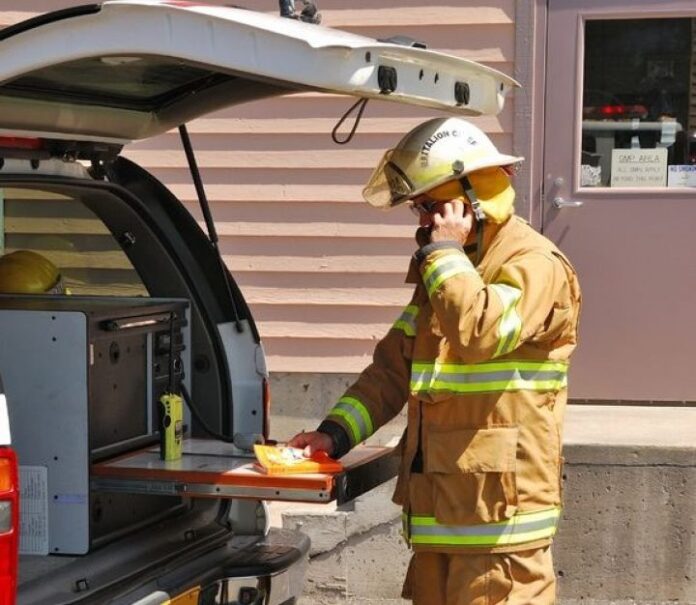The First Responders Network Authority board has issued a draft request for proposal outlining significant details of potential plans for the national LTE network for public safety that it has been tasked with building and operating.
The draft RFP, posted yesterday, is the latest move from FirstNet to solicit ongoing input from industry, the states and territories, and first responders on what the network should look like, how it should function, and whether and how vendors can meet the technical requirements that FirstNet wants to see. It has issued 13 requests for information and is in the midst of ongoing consultations with states and territories as well as tribes.
FirstNet aims to build a “nationwide, interoperable public safety broadband network based on a single national architecture that evolves with technological advances and initially consists of a core and a radio access network,” according to its documents.
Hundreds of Engineering career opportunities await. Find your perfect fit at TelecomCareers today!
The FirstNet RFP offers a glimpse into the possibilities that FirstNet is considering for network operations.
“After reviewing and analyzing the responses, FirstNet proposes critical tenets of an approach that will provide for either: (1) a single entity responsible for providing all functions on a nationwide level (the nationwide entity), or (2) a regional entity providing radio access network, and covered leasing agreement applicable functions for a state or region. In the case of the latter approach identified in (2), the region size may be no smaller than a single state or territory, but may span more than one such state or territory,” according to the FirstNet RFP. “FirstNet’s approaches above anticipate including equipment and services as part of the resulting comprehensive RFP.”
The RFP asks for input and industry capabilities on billing, devices and a list of high-level functions that the network must cover, including the core, applications ecosystem, RAN, covered leasing agreement, deployables, satellite, devices, subscriber adoption and customer lifecycle management.
T.J. Kennedy, acting general manager of FirstNet, told RCR Wireless News that in particular, FirstNet seeks priority and preemption capabilities for first responders.
“As far as what’s unique compared to a commercial network, we’re definitely looking for priority and preemption for public safety,” Kennedy said. “It’s most important that in times of emergency that police, fire and EMS personnel have priority over all others on the network so that they’re able to handle day-to-day emergencies as well as big emergencies.”
Kennedy said that the draft RFP will be posted today and available for public comment from industry, states and public safety agencies for 90 days. FirstNet will be taking the feedback from the draft RFP and aims to get a final RFP for the national network out by the end of December.
“We’re looking forward to getting additional feedback,” Kennedy said.
Five early-builder projects are underway, funded by the Broadband Technology Opportunities Program through NTIA. At last week’s LTE Innovation Summit, Michael Schwab, director of network testing for P3 Communications, shared some initial data from testing that was done on the JerseyNet network in New Jersey, which consists primarily of deployable network elements.
P3 Communications has been involved in the largest TETRA network in the world, in Germany – which has more than 4,500 sites and more than 500,000 users. Schwab noted that there are nearly 60,000 first-responder agencies in the U.S. with 5 million to 6 million potential users at the local, county, state and federal levels who may make use of a national public safety network.
“They cannot count on having all the agencies as customers,” Schwab added. “There is a lot of work for FirstNet to convince all those entities to become customers, and provide better service than the commercial networks. They also have to be a self-funding entity — they have to run like an agency, but also like any other commercial network.”
He made several broad observations about the likely nature of the FirstNet network, including:
- It is unlikely to utilize carrier aggregation, because it has only a single 10-megahertz carrier for spectrum.
- As an LTE-only network, it will not have circuit-switched voice but may have voice over LTE.
- There is major potential for national roaming arrangements with multiple partners.
Watch an interview with Schwab on LTE and public safety below:
Image copyright: Copyright: <a href=’http://www.123rf.com/profile_rfoxfoto’> / 123RF Stock Photo</a>

